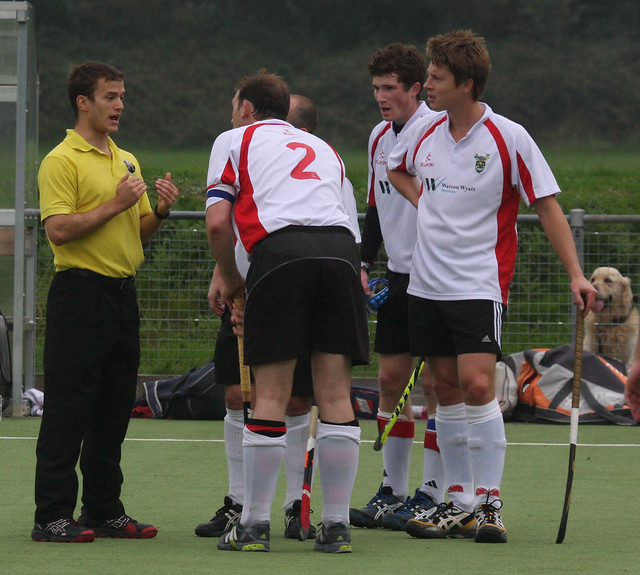New season hockey rule changes
It wouldn’t be a new season without those running the game tinkering with the rules, and so we face a couple of changes which will come into play on September 1. Suffice to say one of them will make the life of the already downtrodden goalkeeper all the harder.
The text of the changes is reprinted below, but in summary:
- A ball hit into the D that makes contact with any part of a defender’s (stick or body) and goes into the goal will now count as a goal (having previously been a short corner or long corner depending on circumstance). So an end to the umpiring headache of whether the ball clipped a defender’s or attacker’s stick. And expected a hell of a lot more hit and hope thumps into the D.
- You can now throw an aerial directly from a free-hit without having to play the ball to yourself first.
In official speak …
Rule 8.1: method of scoring
The way a goal is scored is amended; it now includes what is sometimes referred to as an “own goal”. That is, a goal can now be scored after the ball is touched in the circle by either an attacker or a defender. It is anticipated that the detailed text will read:8.1 A goal is scored when:
a0 the ball is played by an attacker, or touches the stick or body of a defender, within the circle; b) after either of these actions, the ball does not travel outside the circle before passing completely over the goal-line and under the cross-bar.
This is described as a “Mandatory Experimental Rule” so that it applies at all levels of hockey but, because it is a significant change, it will be monitored closely. After a period of review, the FIH Rules Committee will decide whether or not it becomes a permanent change to the Rules.
Rules 13.2.d and e: procedures for taking a free hit, centre pass and putting the ball back into play.
The ball may now be raised intentionally and directly using a push, flick or scoop action; this action must be conducted safely. This is essentially an evolution of what is known as the “self-pass” from a free hit. By having the option to raise the ball immediately, opposing players will not have had the opportunity to get closer than five metres; a raised ball should be safer.
It is anticipated that Rules 13.2 d and e will read: d) the ball is moved using a hit, push, flick or scoop; e) the ball may be raised immediately using a push, flick or scoop but must not be raised intentionally using a hit.
Rules 13.2.f and g: as a consequence of the changes above, these Rules have been deleted.




0 Comments:
Post a Comment
Subscribe to Post Comments [Atom]
<< Home